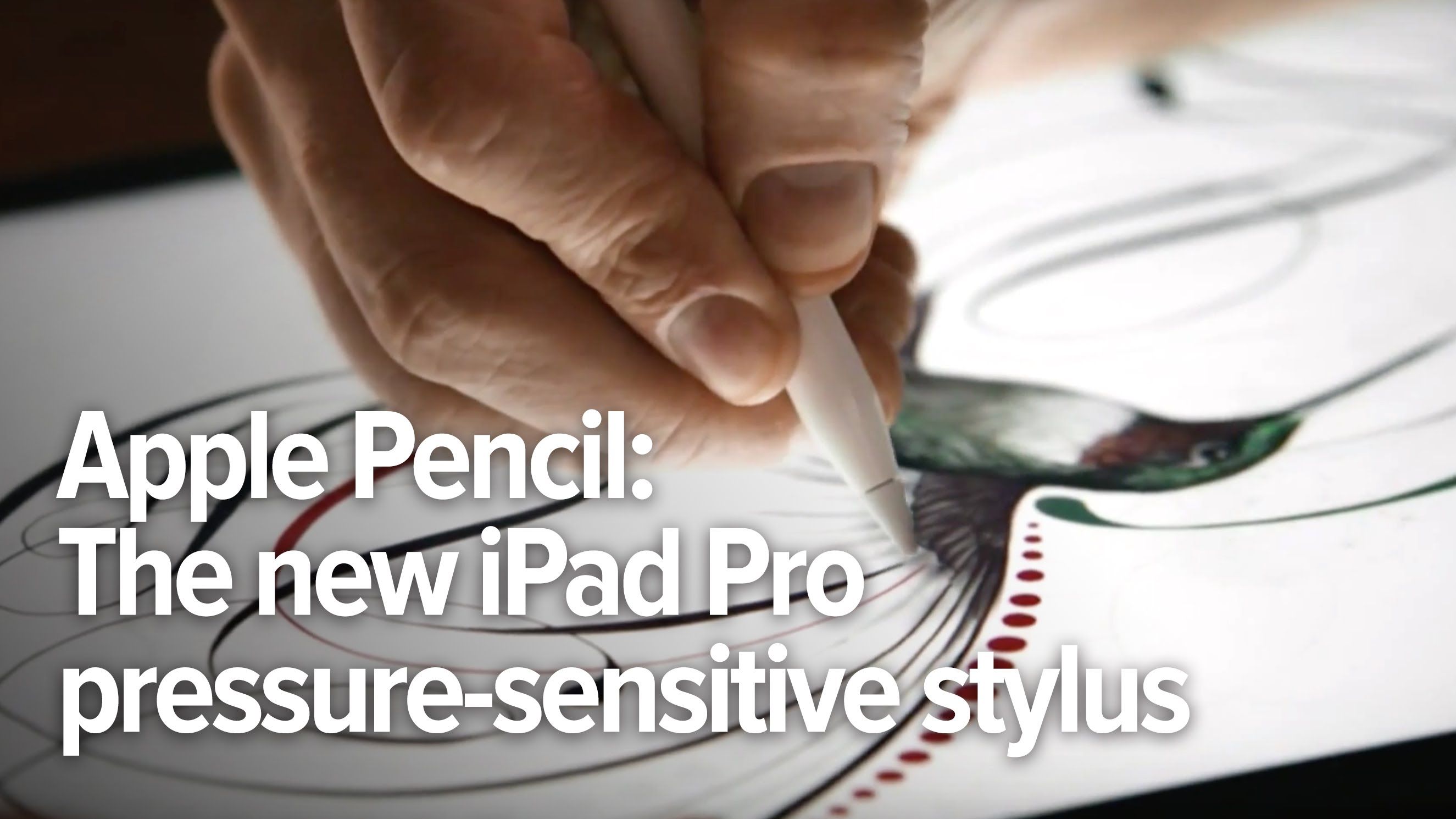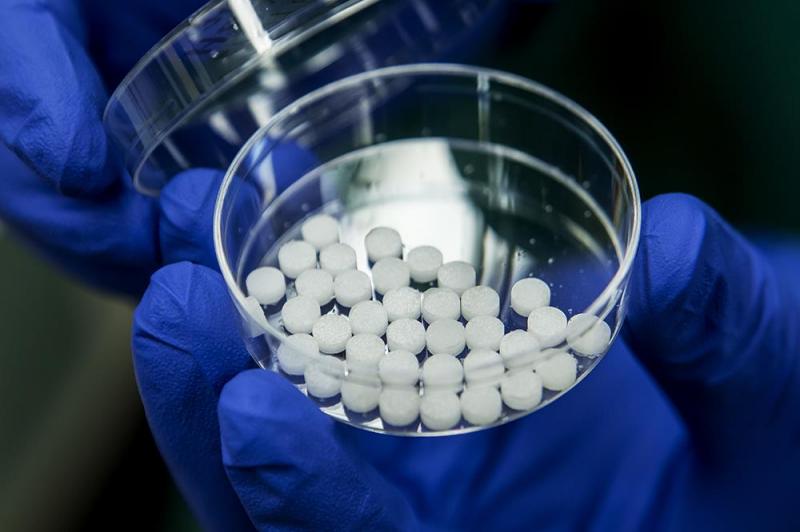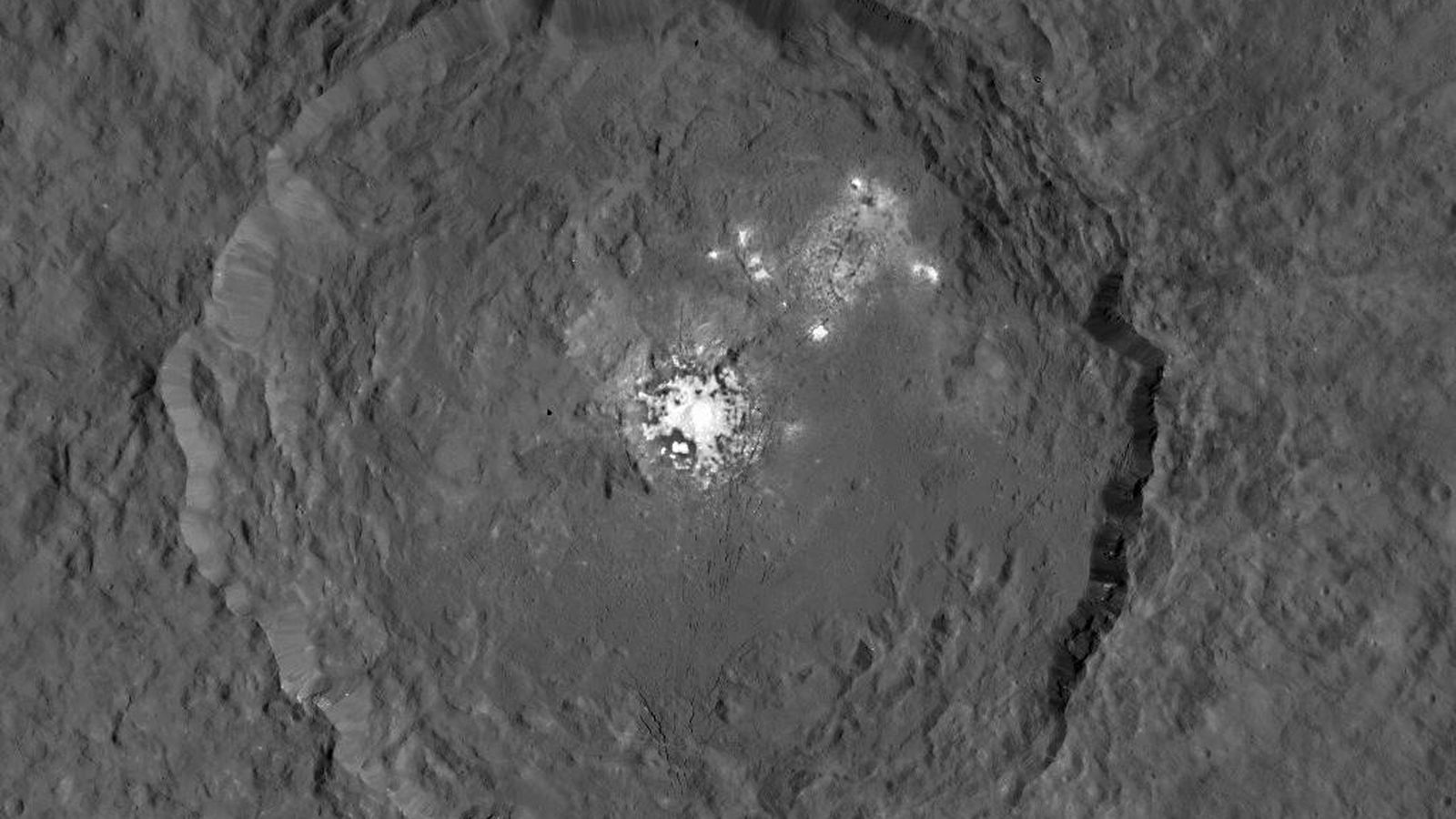At last, Apple has made a stylus for their new giant iPad Pro. It seems to work beautifully. Here’s the ad that describes it.


At last, Apple has made a stylus for their new giant iPad Pro. It seems to work beautifully. Here’s the ad that describes it.
https://www.youtube.com/watch?v=cSTEB8cdQwo
With iPhone 6s and iPhone 6s Plus, we’re introducing an entirely new dimension of interaction. For the first time, iPhone recognizes force. 3D Touch is the next generation of Multi-Touch. It’s a clear example of how hardware and software designed together can create a singular experience.

We developed a robot that creates robots.
Scientists from the University of Cambridge have built a mother robot that independently builds its own children and then tests their performance to inform the design of the next generation. By analyzing the data it collects from observing the child, the mother robot ensures that preferential traits are passed down to the next iteration, while letting weaknesses fall by the wayside.
“We developed a robot that creates robots. And basically we have a mother robot that combines active and passive modules using glue to make other children robots. And these robots, as the mother creates them and puts them to work, she evaluates how they’re behaving and she uses the data from this behavior to create the next generation of robots,” explained Andre Rosendo, who worked on the project at the University’s Department of Engineering.
With no human intervention beyond a simple computer command to build a robot capable of locomotion, the mother constructs a design using between one and five plastic cubes that are stuck together using glue. Each cube has a small motor inside, so when they are attached to each other in slightly varying formations it produces a different rate of locomotion when the motors are activated. Each robot child is tested on how far it moves from a starting position in a given amount of time, with the best individuals’ traits carried over into the next generation.

Scientists in the United States said Tuesday they had created a tiny implant which, in mice for now, captures cancer cells spreading through the body.
Cells moving from the original cancer site to infect other organs in a stealthy process called metastasis are usually detected too late to save a patient’s life.

Calorie restriction (CR) is big news in the anti-aging world, but how effective is it really? The evidence might be more mixed than you think.


NASA and Boeing have released a little teaser on their newest spacecraft, the CST-100 Starliner, which will be built and tested at Kennedy Space Center and hopefully, eventually taxi people to space.
Imagine touring space inside one of these awesome pods in the future. The video below highlights some features of the Starliner.

Before New Horizons completed its trip to Pluto, space geeks around the world were just as fascinated with another one of our solar system’s icy orbs: Ceres. Now that New Horizons is well on its way to the outer edges of the Solar System — and we’re stuck waiting to see the images it took — some of the spotlight is back on Ceres. And while much has already been learned about this other dwarf planet, one question still remains — what the hell are those bright spots?
This new image taken by the Dawn spacecraft doesn’t answer that outright, but it does give us the most detailed look at the spots yet, which are located in what NASA scientists have named the Occator crater. What we do know is that they are undoubtably and remarkably bright. The difference in brightness between the spots and the rest of Ceres is so great that this new glimpse of Ceres is actually made from two images: one specifically exposed capture the detail you see in the bright spots, and one exposed for the surface detail of the crater around those spots.